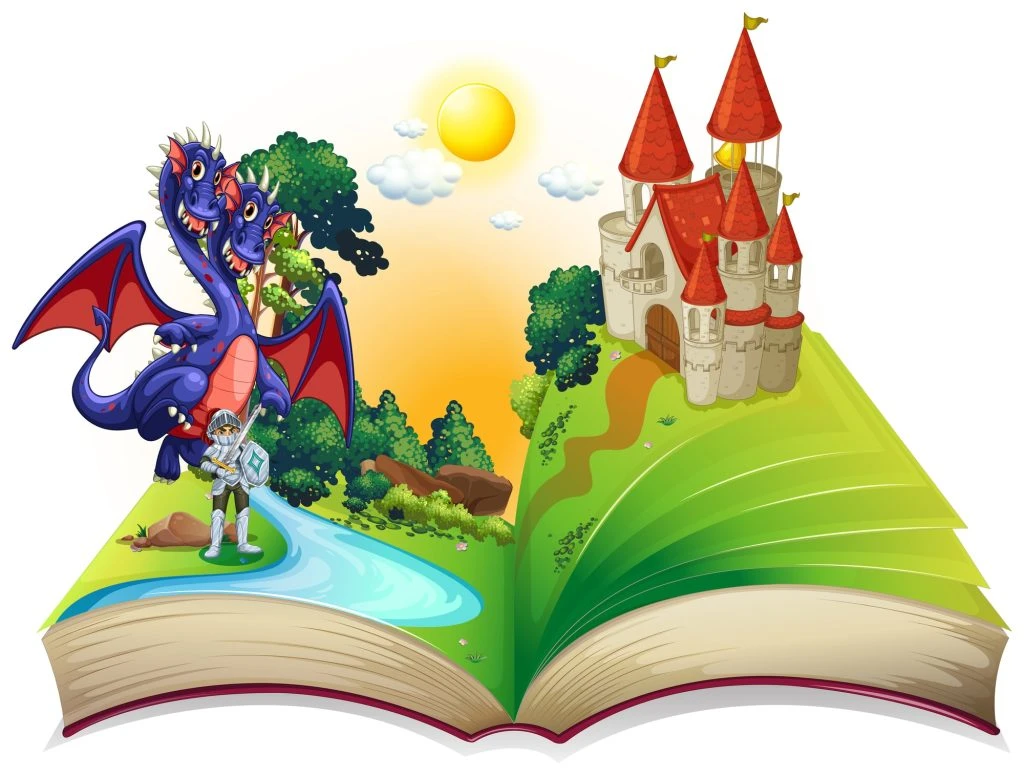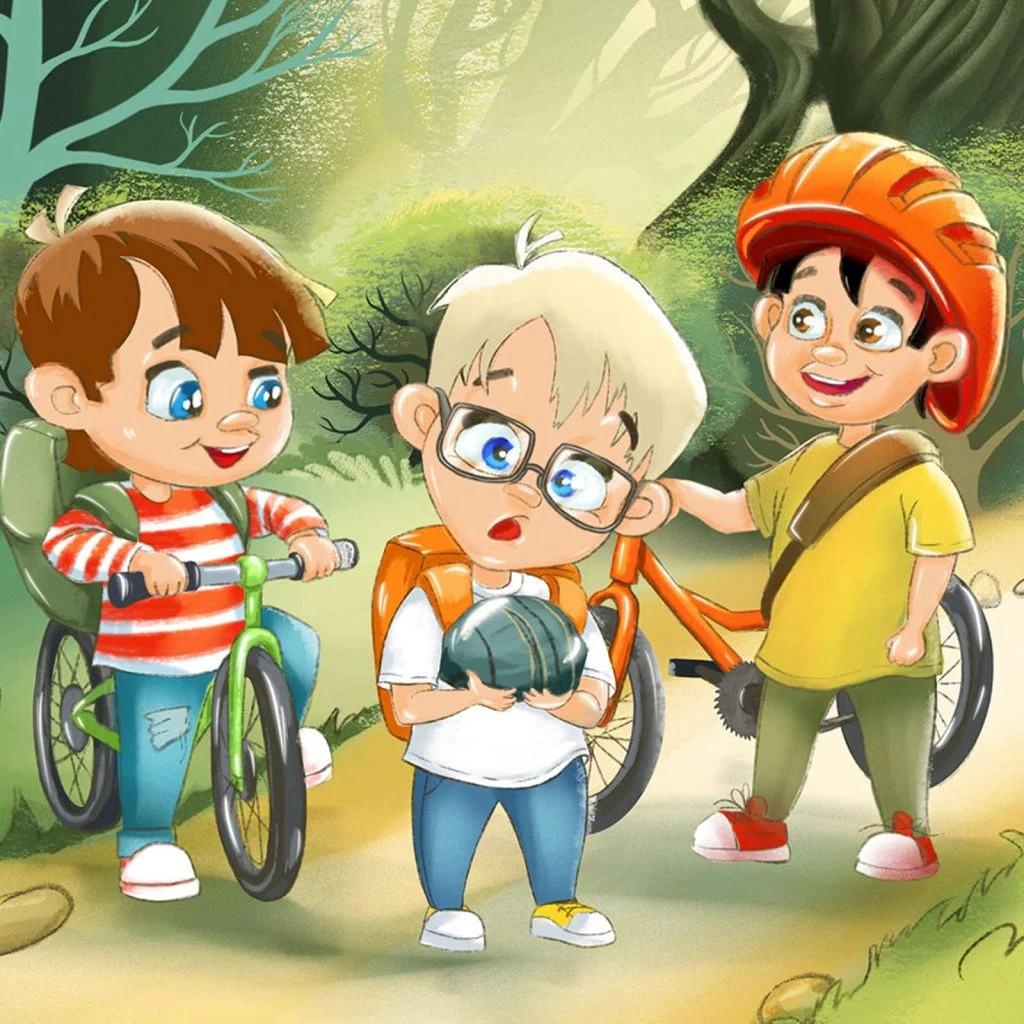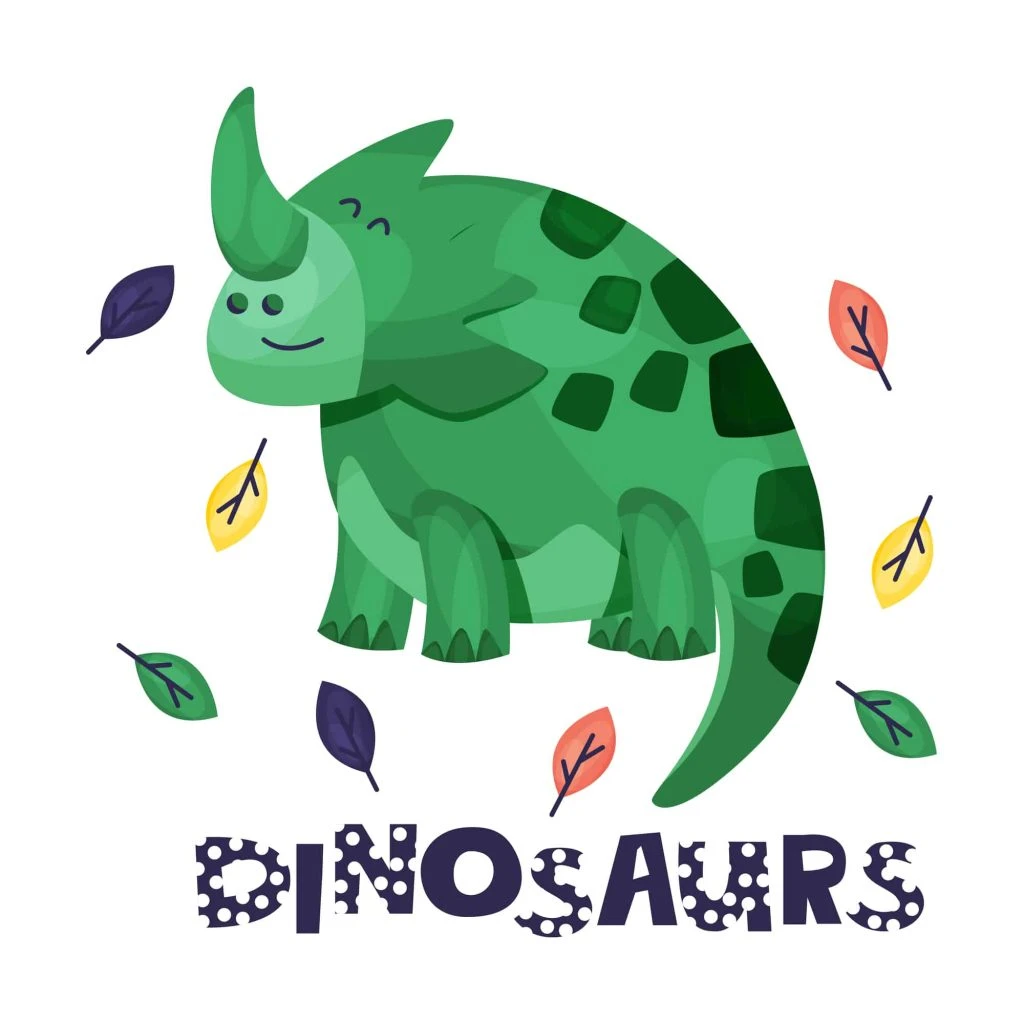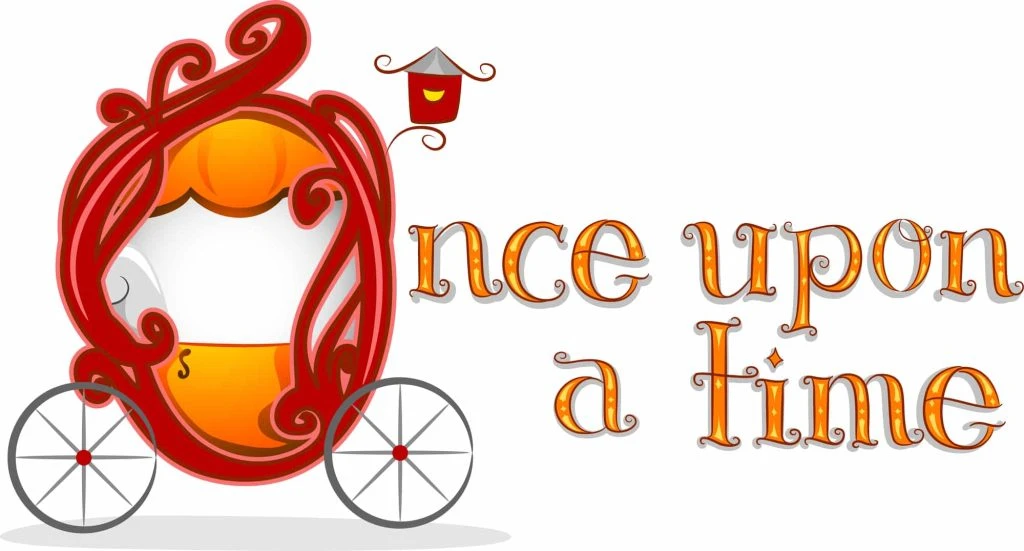We often think of reading a book as the act of processing the lines and paragraphs of written words from the pages and transforming them into imagery or ideas in our minds. In many cases, this is a pretty accurate depiction of reading a book, but as any child will tell you, there is another, and perhaps more enjoyable, way to experience a tale in book form.
The storybook pairs storytelling with visual depictions of the action, the scenes, the characters, and the core ideas of the tale.
The Importance Of Storybook Illustrations

When it comes to storybooks, the illustrations are often as vital to the storytelling experience as the words themselves. Illustrated storybooks are generally geared towards engaging and entertaining younger readers, though there are plenty of examples of images enhancing adult fiction as well.
Illustrations serve several important functions, so let’s take a look at some of the most important benefits.
Encourage Visual Learning
Because storybooks are so often geared toward children and young readers, most feature simple storylines told in short blocks of text to help novice readers follow the narrative. Storybook illustrations can double as a learning tool by giving readers a visual example of the words that they are reading. This is a natural way for children to learn to connect written words with their meanings.
Hold Reader Attention
Children, and if we are being honest, many adults, have very short attention spans. No matter how engrossing the story, long blocks of uninterrupted text tend to bore younger readers. A talented writer can paint a vivid picture with words alone, but how many paragraphs or pages might that require? Storybook illustrations allow the writer to use short blocks of text to tell the tale while allowing the beautiful illustrations to set the scene.
Share The Writer’s Vision
When a writer tells a story they often have a very clear picture in their mind of the setting in which the story takes place, the look and dress of the characters, and even the quirks and facial expressions their characters might use in any given scenario. Storybook illustrations are an excellent way for the author to ensure that the reader shares their detailed vision of the tale’s main personalities and locales.
Create A Lasting Impression
We tend to remember the things that make an emotional impact on us or that we are able to truly connect with on several levels. Because we are naturally visual creatures, we often connect most strongly with ideas, characters, and scenes that we can see. Illustrations help provide your readers with that extra layer of connection making it far more likely that the story will create a lasting impression that readers remember long after they have turned the last page.
The Basics Of Storybook Illustration

So, how do you go about illustrating your storybook? How do you know which elements of your story should be illustrated, and which should be described in writing? Is there a right or a wrong way to illustrate a storybook? How do you illustrate your storybook if your artistic drawing skills amount to doodling stick figures in the margins of your writing journal?
These are all common questions that storybook authors find themselves asking as they near the end of the writing process and begin to think about the next phase of their book’s journey.
Let’s explore the basics.
Types Of Storybook Illustrations

The bulk of storybook illustrations can generally be sorted into three main categories based on the purpose that the illustration will serve in the storytelling process.
Character Illustrations
Character illustrations are the most commonly used type of storybook illustration. These drawings depict the story’s main characters and any significant supporting characters as they engage in the activities in the story.
Character illustrations not only help the reader to visualize the protagonists and antagonists in the story, but they also help them to connect to the characters on an emotional level. As a writer, you could describe the hero’s furrowed brow and worried eyes as the challenge they face becomes clear. However, seeing this human emotion rendered in a beautifully drawn character illustration creates a much stronger image and connection in the reader’s mind.

Scene Illustrations
Similar to character illustrations, scene illustrations are a useful way for storybook authors to help readers visualize key elements of the story without the need to write the details in long blocks of descriptive text. Not every story will require standalone scene illustrations. In many classic storylines, the story’s setting is adequately depicted in the background or surrounding elements of the character illustration.
Scene illustrations are most often found in stories that tell fantastical tales of ancient lands, mystical settings, or distant galaxies. In other words, these illustrations are used to help readers envision a foreign landscape that they have likely never seen in real life.
Spot Illustrations

Spot illustrations are generally very detailed, and specific drawings depicting a particularly important element or portion of the storyline. Think of spot illustrations as storybook props. Imagine that you are telling a tale of a young adventurer roaming his neighborhood in search of a fabled buried treasure. The story might include a mysterious map leading the hero on his quest. In this scenario, you might consider enhancing your story with a detailed spot illustration of the treasure map.
The Core Elements Of The Storybook Illustration Process

Now that we have a better idea of which elements of your story you may want to illustrate, let’s talk about how to go about planning and crafting your storybook illustrations.
Structure
You will want to start by considering the basic structure and format of your storybook. Is it a simple book designed to educate very young readers? Is it a longer story designed to be read by older children or perhaps read to younger children by an adult? Essentially, you will need to determine how much of a role the illustrations will play in telling the story.
In the first example, a simple book aimed at teaching young readers the meaning of words or basic concepts, the illustrations may be just as important as the text itself, and you will likely have many illustrations broken up by short bursts of text.
In the latter example, you are likely to have longer paragraphs or even pages of text, with finely detailed character or scene illustrations interspersed throughout to add visual context and interest to key elements of the story.
Storyboard
Once you have an idea of the basic structure for your storybook you will need to determine what specific elements of your storybook will require illustrations, what each illustration should depict, the general purpose of each picture, and an outline mapping where each image will fit into the text.
A storyboard is one of the easiest and most effective ways to organize your storybook illustration project. You can use a storyboard template and simply fill in the spaces with your content, or you can easily create one from scratch. The choice is yours.
The key here is to make sure your storyboard contains all the details about how you want your storybook to look when it is complete. You will want to break down the elements of each page in granular detail including the text block for each page, the illustration to include, and design details like fonts, image sizes, and whether the text will be included in the illustration or appear in a text box outside of the picture. A detailed storyboard is vital to help your illustrator understand your unique vision for your storybook images.
Sketch
So, now that you have an idea of the type of illustrations you need, how many, what each should depict, and where they will be placed, it is time to start sketching out some rough drafts of your pictures. These do not need to be highly-detailed professional illustrations at this stage. Your sketches simply need to convey enough information to act as a visual placeholder and guide for the final illustration.
The Effortless Way To Illustrate Your Storybook

Alright, you have written your storybook, you have completed your storybook, and now you just need the illustrations to publish your work and start reaping the rewards of a job well done. That brings us to the final challenge. If you are like most writers, your illustration abilities fall somewhere in the aforementioned stick-figure drawing category. Don’t worry. You have a few options to get the illustrations you need.
Big publishing houses and well-known writers often retain in-house illustration teams to provide the drawings and cover art for their storybooks. We are going to assume that you are not currently working with a major publisher and do not have the budget for your own personal illustrator. So, let’s move on to the other two options.
You can browse freelance marketplaces and creative forums to find a freelance illustrator to complete your project. However, there are a couple of caveats to this method. The quality of the work produced can often vary greatly from artist to artist, and it can be difficult to vet artists on freelance sites making this option a bit of a gamble.
Finally, you can opt to subscribe to a monthly creative service offering unlimited design and illustration services. Flocksy is one of the best options in this category for several reasons. Flocksy offers a full range of unlimited creative services, including custom storybook illustrations, all under one roof, and all for one monthly flat-rate subscription price. This means that not only can you get all of the illustrations you need for your storybook, but you can also get help with social media posts to promote your book, illustrators to design your cover art, and perhaps even a brand-new website to cater to all those adoring fans you are about to have.
Creating Storybook Illustrations With Flocksy

Flocksy makes it easy to get all of the illustrations you need. Choose your subscription package, log in to your account, and start queuing up your storybook illustration and other creative projects. Use the user-friendly website menu to choose the Custom Illustrations category. Select Storybook Illustrations to start your first request. Flocksy’s intuitive project brief will guide you through providing all of the details that your illustrator will need to start your first illustration.
That’s it!
Simply, click submit, and in most cases, you will have your first completed illustration ready for your review in 24 to 48 hours or less. Every Flocksy subscription includes unlimited revisions. Your illustrator will work with you to fine-tune your illustration until you love the results. Start loading up your queue with all of your creative projects today. Flocksy’s talented artists will work through your projects one at a time and help you get your book from storyboard to ready for the publisher in no time.
